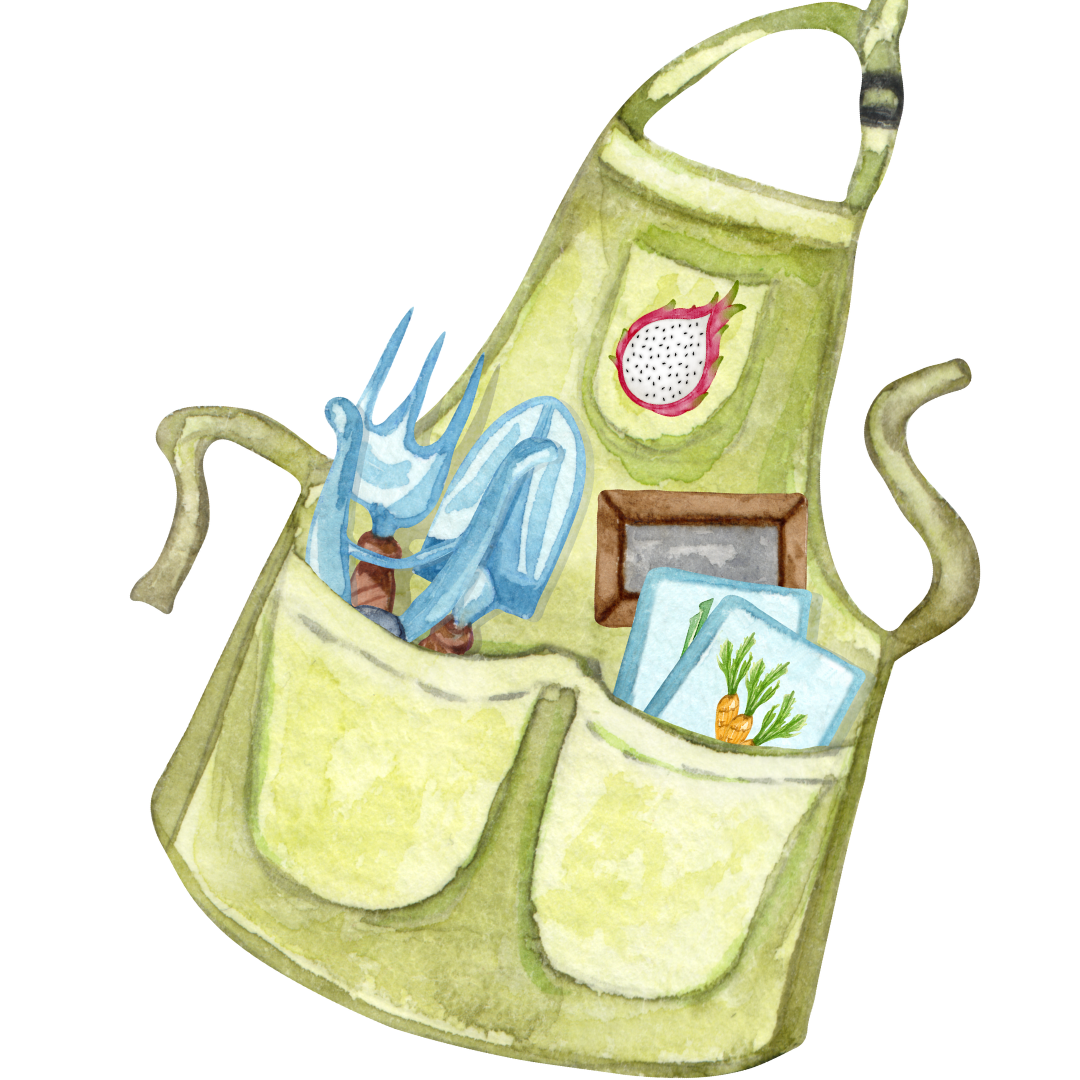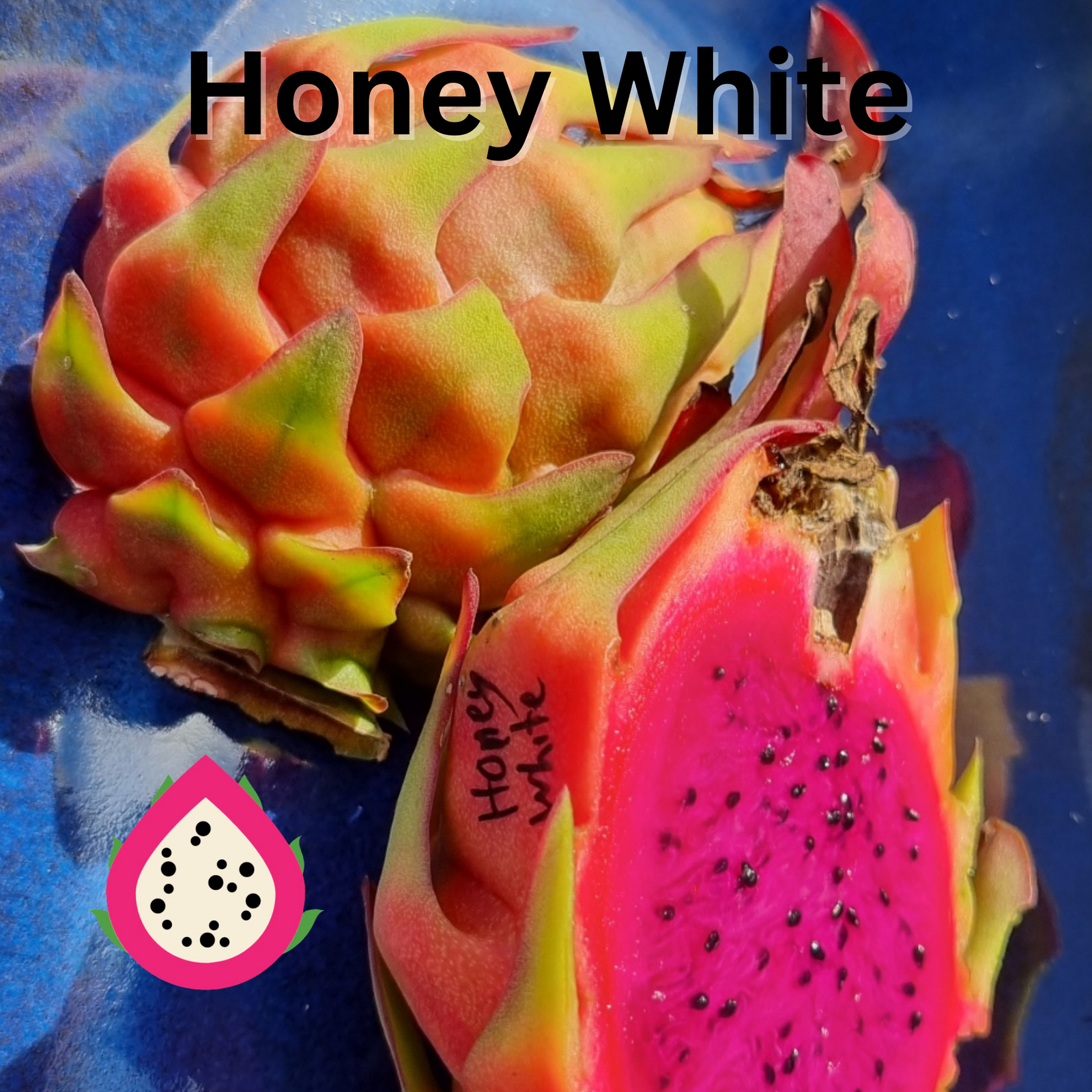I have been following Ricardo's Instagram (pitayassc) for awhile and love how he uses this platform to educate about dragon fruit growing in Brazil.
Dragon fruit has captured the hearts of growers and fruit lovers around the world. Recently, we had the pleasure of connecting with Ricardo founder of Pitayas SC from Brazil (@pitayasc), a pioneering farm that’s turning passion for pitaya into a thriving business. Here’s their journey, insights, and vision for the future of dragon fruit in Brazil.

Personal Journey & Background
“I first discovered dragon fruit in 2015 at a local supermarket and immediately fell in love,” shares the team at Pitayas SC. “My mother loved it too, and I always brought it to her at Christmas.”
Their passion soon turned into a farm: “Dragon fruit is a very rustic crop, easy to manage, and very productive. At first, we knew nothing — we made plenty of mistakes, but we also learned a lot from other farmers. Today, we have a well-established dragon fruit production system.”
When asked about their favorite varieties, they say:
“I really like hybrid varieties such as Dark Star, Delight, Red Laverne, Assunta, and local Brazilian hybrids like the Luiza Variety with pink flesh — it’s delicious!”
Farming Practices & Techniques
Pitayas SC uses high-density trellis systems, with T-shaped concrete posts and steel cables to support their plants. Their system accommodates more than 6,000 plants per hectare and can yield over 40 tons per hectare.
Quality, they explain, comes from good management, irrigation, cultural practices, and dedication. Pests and diseases are primarily managed using biological products, with chemicals only as needed, alongside careful soil and plant health management.
Innovations like fruit bagging, targeted pruning, shade nets, and cover crops help ensure high-quality fruit and thermal comfort for the plants.
Industry Insights
Dragon fruit is growing steadily in Brazil. Pitayas SC notes:
“Consumption and planting are increasing each year. Dragon fruit is a very interesting income alternative for farmers, both family farms and commercial businesses.”
Currently, dragon fruit is still a niche fruit, mostly consumed by Brazil’s upper-middle class. However, as production scales, prices are expected to become more accessible. Looking ahead, the team sees the industry continuing to grow, especially if Brazil’s economy strengthens.
Challenges & Opportunities
Like any crop, dragon fruit has its challenges. Pitayas SC cites:
-
Emerging diseases such as canker, especially in warmer areas
-
Market fluctuations and pest management
Support is available for small farmers, particularly in southern Brazil, through subsidies for planting and supplies. Their advice to newcomers:
“Study as much as you can about the crop, and hire a professional for guidance when establishing your orchard.”
Personal Insights & Vision
The team’s love for dragon fruit is obvious:
“The flowering is a spectacle to behold, and watching the fruit grow in just 30 to 35 days is thrilling. In fact, we love everything about dragon fruit.”
They hope to see the industry expand beyond fresh fruit, adding value through processing and industrialization of red pulp. Looking forward, Pitayas SC aims to remain a reference for learning, innovation, and commercial production, sharing their knowledge with farmers across Brazil.
Dragon fruit continues to inspire growers worldwide — from small backyard gardeners to large commercial farms. Pitayas SC’s dedication and innovative approach show just how rewarding and dynamic this crop can be.

Check out their website: Pitayas SC and follow them on Instagram: @pitayasc







